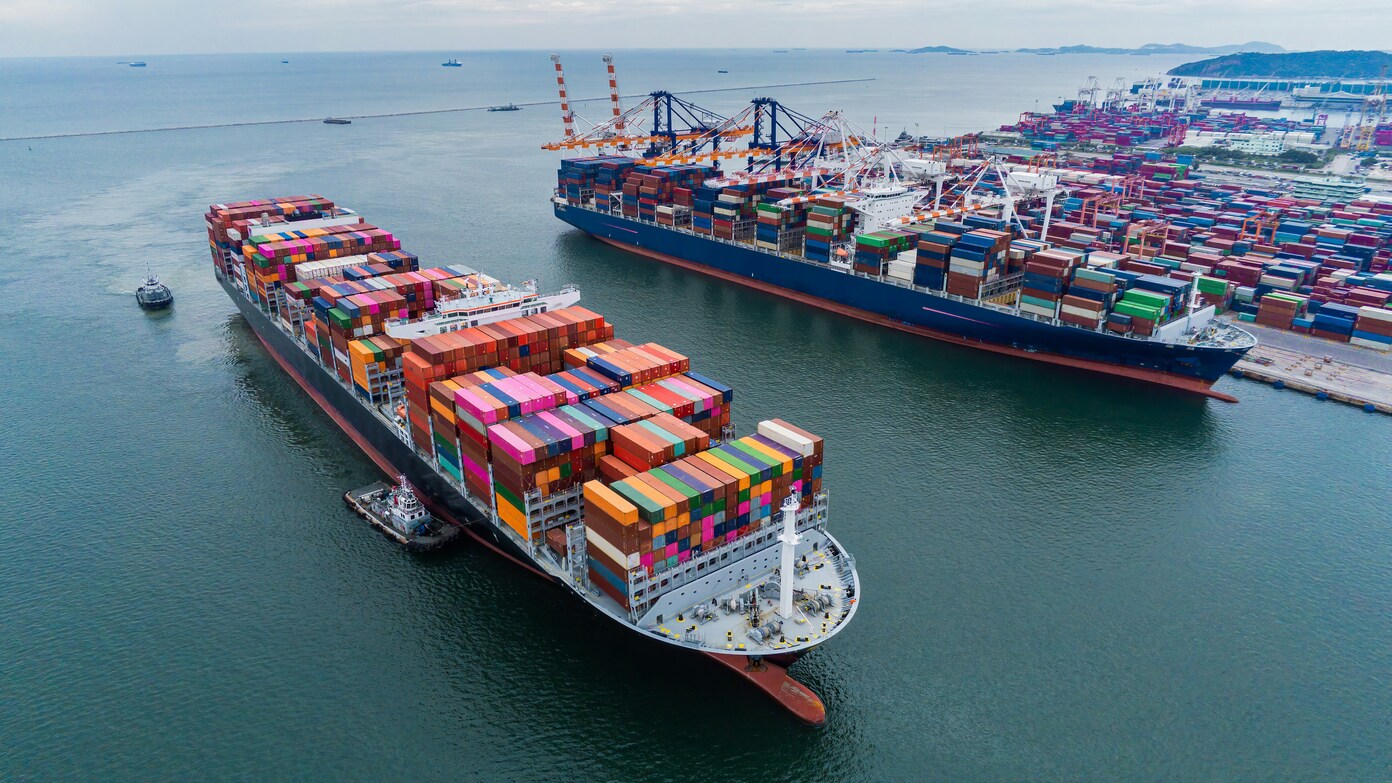Okay, I know “tariffs” won’t be exciting—but what’s coming on July 9 can hit your wallet, whether you realize it or not. America’s had a 90-day reprieve on some big tariffs (extra fees on imported items from other countries), and that reprieve is about to end. If the Trump administration doesn’t get deals with other nations by then, prices could rise rapidly on all sorts of foreign-imported products.
What’s the big idea with these tariffs?
It was announced “Liberation Day” by President Trump on April 2, and new tariffs were imposed on imports—some at a mere 10%, but others as high as 145% (ouch). They were intended to push countries to make better trade deals with America. Rather than applying all of them at once, however, the U.S. gave a 90-day grace period—which runs out on Tuesday, July 9.
Now the clock starts, and the outcome could affect everything from electronics and apparel to food and cars.
Might prices increase?
Yes. Without new trade agreements, those higher tariffs go into effect after midnight on July 9. Analysts estimate this could lead to:
- Higher prices in retail (say hello to inflation)
- More stress for small businesses
- Volatility in the market (not healthy for investments or retirement accounts)
Who’s being nice (and who’s not)?
Until now, the Trump team has negotiated some big deals:
- Vietnam will pay a 20% tariff but let U.S. products in for free.
- The U.K. will open its markets more and remove non-tariff trade barriers.
- China has also negotiated a broad agreement.
Those countries are in the clear for now. But others are uncertain.
According to trade expert Patrick Childress, there are three “buckets” of countries:
1. Those with new trade agreements (all clear!)
2. Those still negotiating (10% tariffs in place)
3. Those considered uncooperative (expect a sudden tariff surge)
But for now, we don’t know which country is in which bucket.
Why some nations won’t ack down
Here’s the theatrics: Some nations won’t budge. Nations that aren’t “kneeling and kissing the ring,” says trade policy expert Clark Packard, will be hit with tariffs full-on. That would mean big guns such as the European Union, which imports a lot of U.S. products and possesses significant negotiating clout of its own.
If the U.S. increases tariffs on the EU, they retaliate with their own—and we could be seeing the start of a trade war.
“This is a disaster.”
What happens after July 9?
If President Trump brokers last-minute deals—grand, crisis averted (at least for the moment). But if not:
- Tariffs go higher immediately
- Some countries retaliate
- Prices jump, and uncertainty continues
And here’s a twist: A court already ruled that most of Trump’s tariffs were illegal. So even if he pushes forward, things could get tangled up in court.
You might be interested in this: What does the Laken Riley act, Trump’s first legislation, do? Who was Laken Riley?
Why does Nicolás Maduro always wears a tracksuit and what does Hugo Chávez have to do with it?
Bottom line
As July 9 approaches, we’re either going to see:
- Some last-minute deals and delayed drama
OR
- A fast rise in tariffs, more inflation, and possible trade wars
Either way, hold on tight. Next week might be rough for your wallet and beyond.

